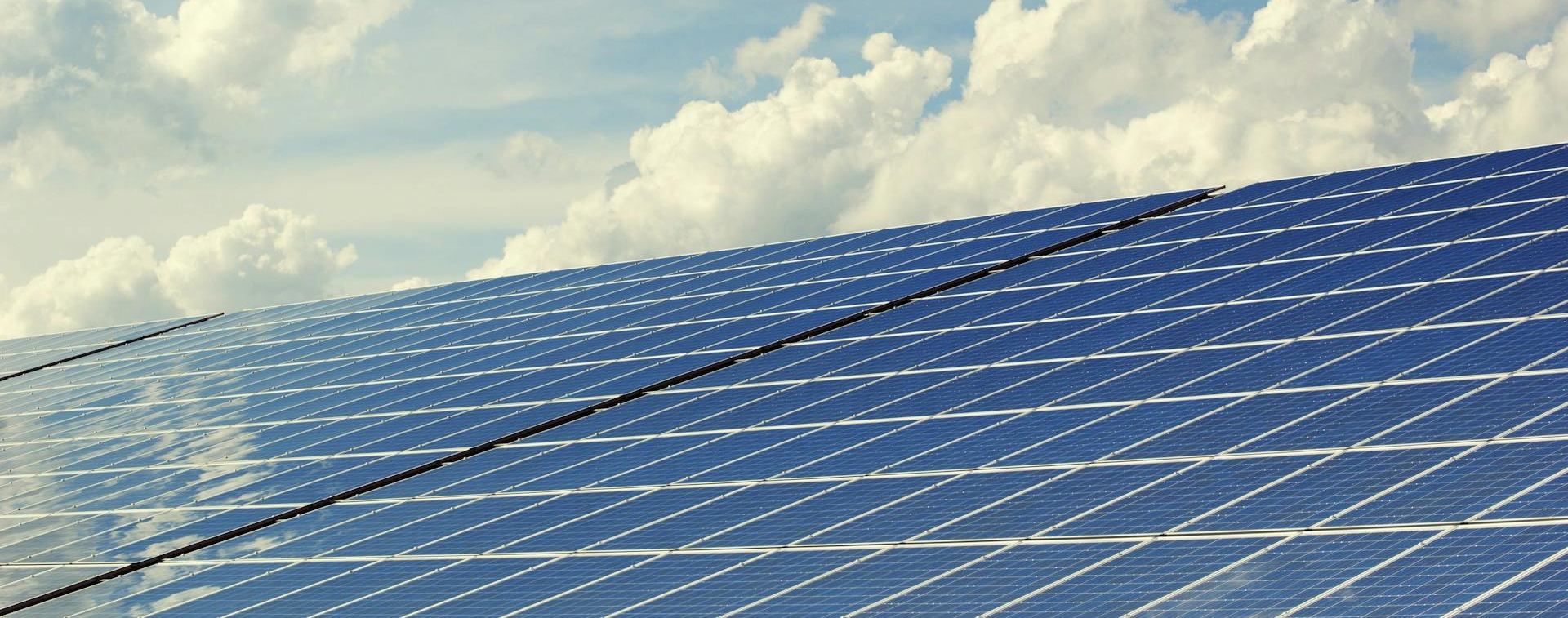How does solar charging work with Peblar?

In the quest to implement solar EV charging, there’s a key decision to make: pure solar, smart solar or fast solar. This choice determines how the system utilises the energy from the solar panels.
Pure, smart and fast solar
First though, it’s important to understand that an EV charger can already perform solar charging by default. Solar panels provide power to the fuse box, and the EV charger is drawing power from the fuse box to charge the car. When solar power is being sent back into the grid, it will first use this energy before asking the grid for more.
Pure solar exclusively draws energy when enough solar energy is available and is above the minimum threshold required for EV charging. It’s a good option for helping reduce the energy bill, without having any additional costs of exporting to the grid. While efficient when used, this method of solar charger could lead to the charger not charging as a result of not meeting the minimum charging threshold. For example, when the sun is only partially out or there aren’t enough solar panels to provide the energy.
Alternatively, smart solar charging uses both solar power and power from the grid to supply the EV. By following the regeneration pattern of the household, the charger can add power from the grid when needed. Charging in this mode begins at a lower threshold, supplemented by some grid power atop surplus household power.
The third option is fast solar charging, which enables full-power charging when the charger detects surplus power generated by the household.

Solar pattern: Negative is when household is using more than what is generated. So between 6:15-16:45 there is a surplus.
Pure solar charging:
When the Peblar charger detects that the surplus power being fed back into the grid exceeds the minimum threshold for charging, it springs into action, charging your EV on a single phase.
When the current generated by your solar inverter is more than 6A after household consumption, Peblar smartly uses this to start charging your EV with at least the minimum threshold for charging, optimising energy use without overwhelming your home’s needs.
 Pure solar: start charging with the surplus power when this surplus is higher than the minimum threshold (threshold = dashed grey line, EV behaviour = light orange line).
Pure solar: start charging with the surplus power when this surplus is higher than the minimum threshold (threshold = dashed grey line, EV behaviour = light orange line).
Smart solar:
The smart solar approach by Peblar introduces an adaptive strategy for those times when the sun isn’t shining as brightly but you still want to keep your EV charging efficiently.
When there is a surplus of solar power that would be passed back to the grid, the Peblar charger will charge the EV using this power in addition to power from the grid itself.
For example, the surplus is not always reaching the minimum threshold for charging, and with this strategy the charger will add grid power to reach at least the minimum. Next, it will follow the pattern of generated power minus household usage.
In this smart setup, the Peblar charger seamlessly combines solar energy with grid electricity to maintain a constant charging flow to your EV.
Smart solar: start charging at a lower threshold, follow pattern + add power from grid
Fast solar:
Similar to smart solar, when a surplus of power is detected, but it doesn’t meet the minimum threshold to start charging the EV, fast solar charging is triggered. With this method of charging, the Peblar charger will start charging with the maximum available current, ensuring that all solar power available is used to charge the EV.
Fast solar: start charging at a lower threshold, charge with maximum available current.
[Max available charging power = dashed grey line]
A bright solar future
While the future of solar EV charging looks bright, it must come with the warning that the increasing number of solar panels being installed could lead to a lower quality of the energy grid voltage. The high peaks of solar power could result in local grid overvoltages, which can lead to damaged electric equipment or automatic solar panel shut offs, further resulting in a lower solar energy usage. These situations can be reduced significantly with smart solar EV charging.
The technological landscape is rapidly evolving, focusing on preserving the longevity and performance of chargers, as they seamlessly transition between solar and grid charging.
Perhaps one of the most interesting developments on the horizon is the combination of solar charging and bidirectional charging. This set-up would allow you to charge your EV in the day using solar charging, and then use excess energy from the EV battery to power household appliances when energy prices are higher. While it may still be a few years away from widespread adoption, the potential is very exciting!
Explore the solar frontier with Peblar
The benefits of solar charging for EVs are clear. The tech exists and at Peblar, we have a range of solar-ready home EV chargers, helping people become greener and embrace the future of EV charging. Click here to check them out.


